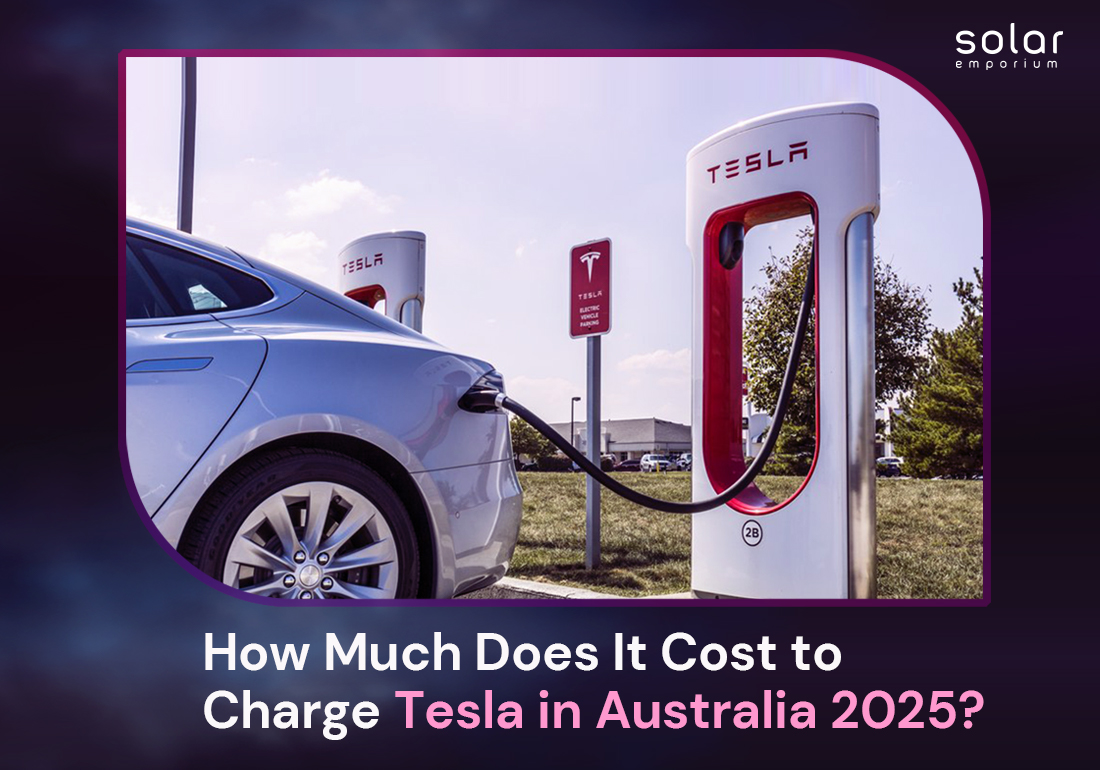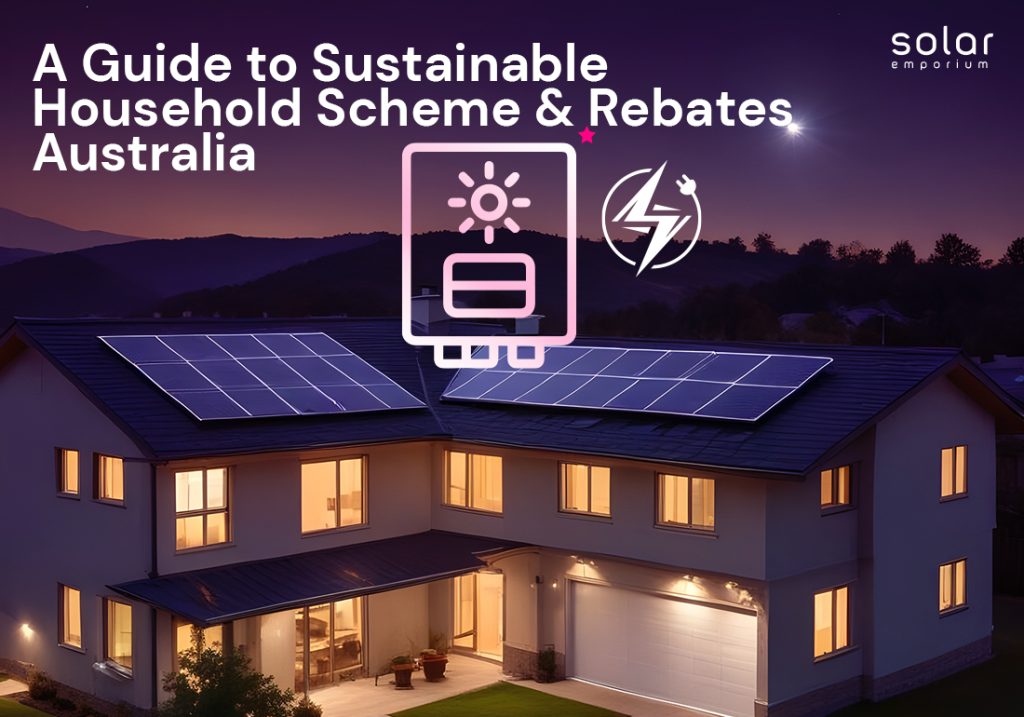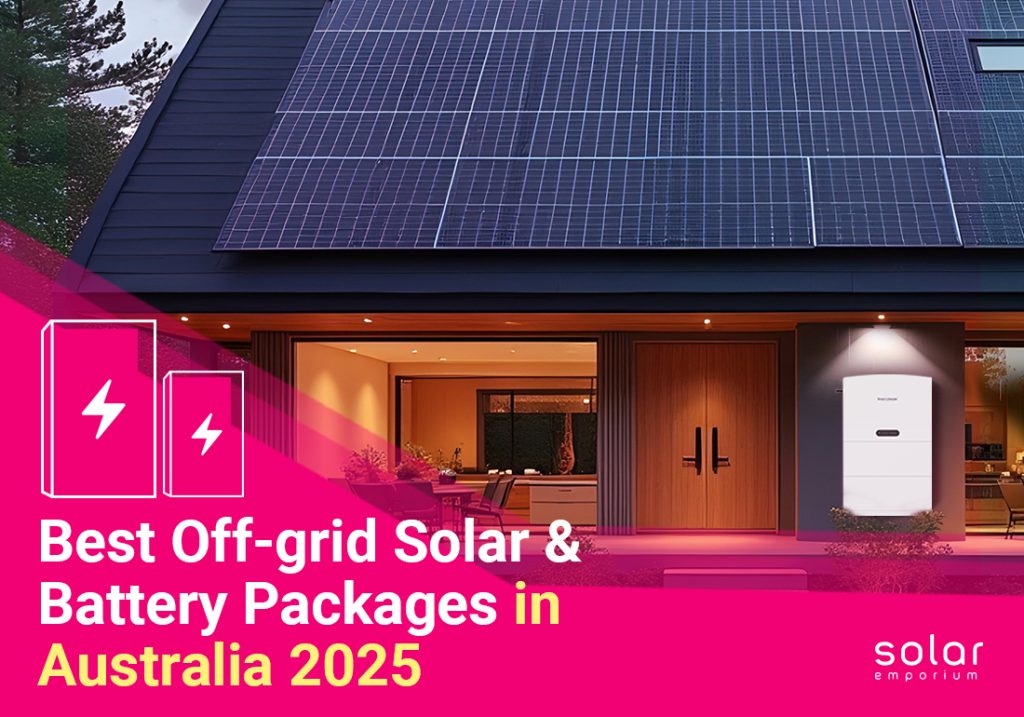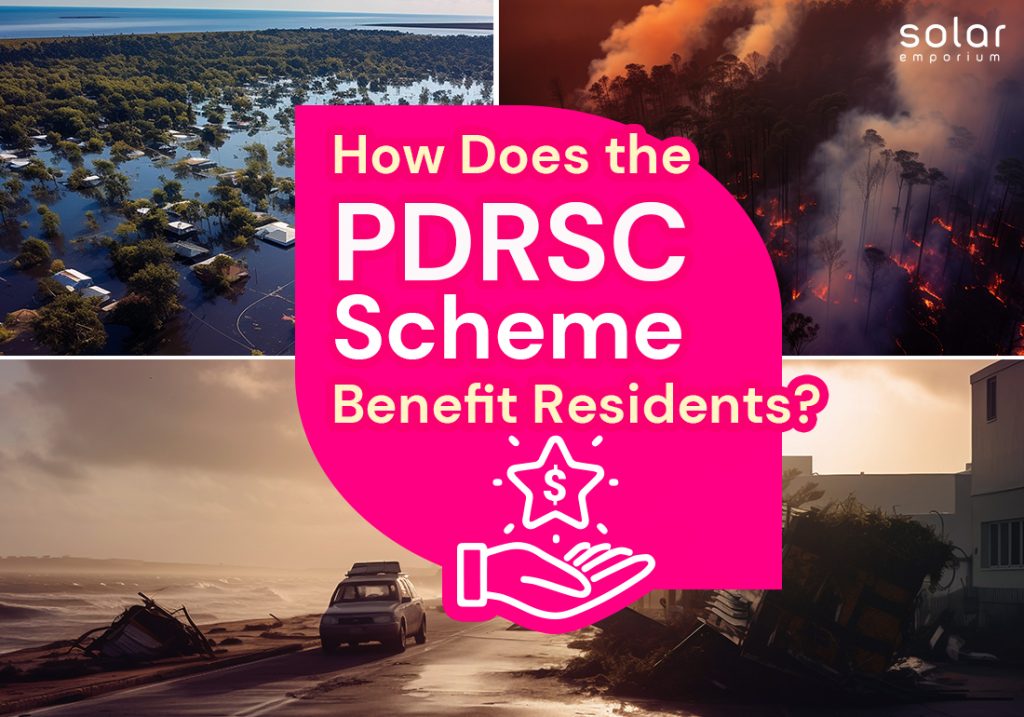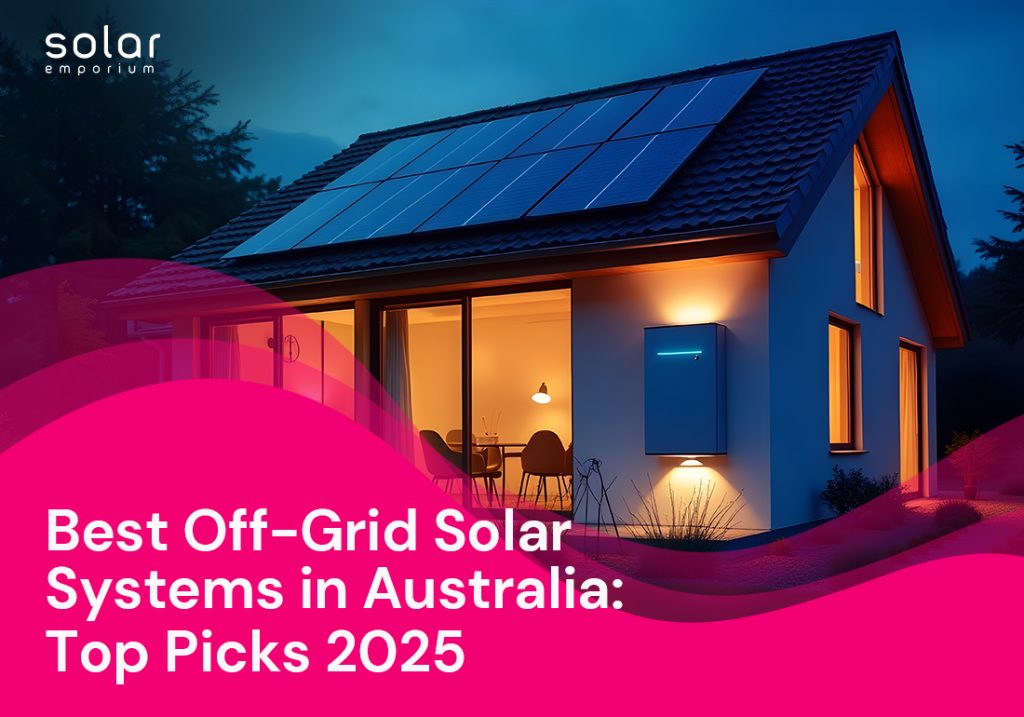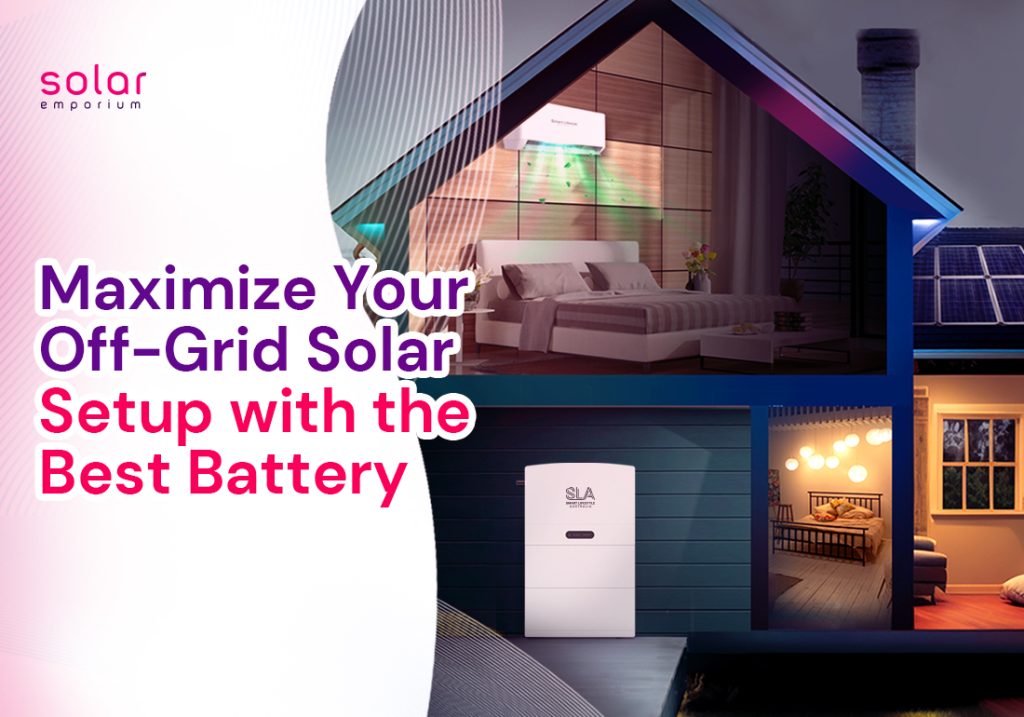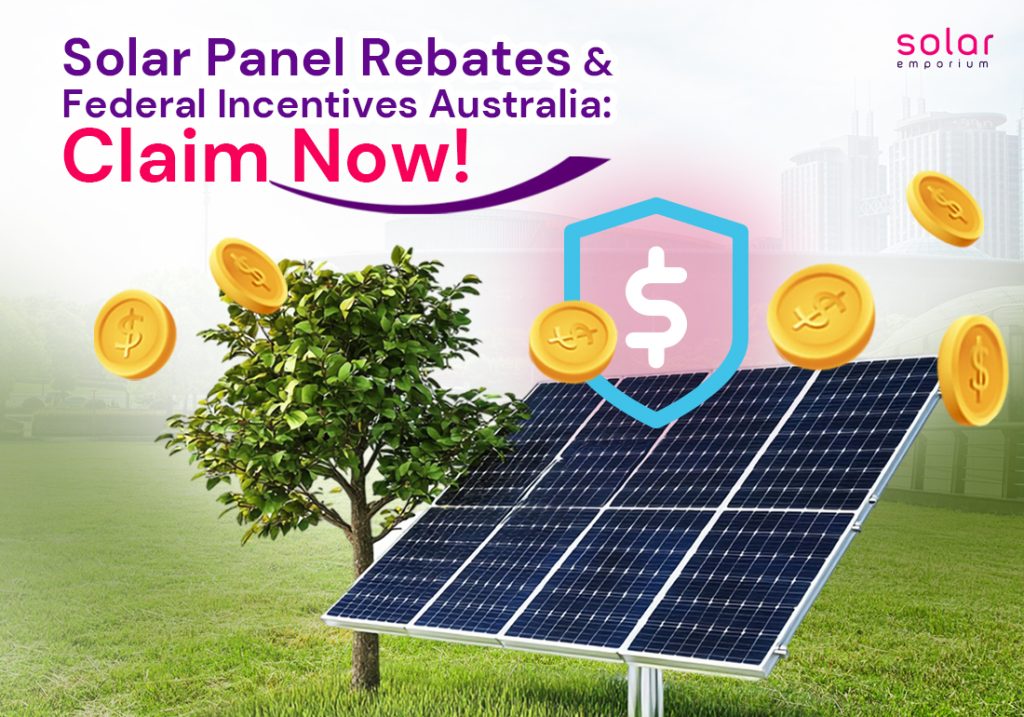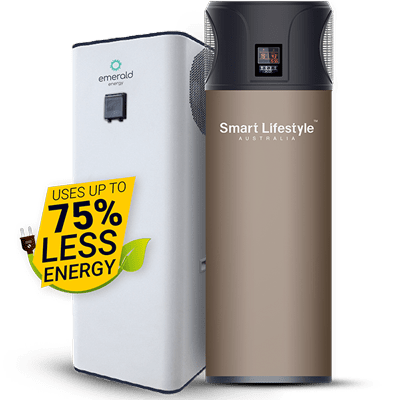Currently, Tesla is leading the charge as the world moves towards a sustainable future and electric vehicles (EVs) gain popularity.
However, whether you have a Tesla or are considering getting one, you might be curious about how much it actually costs to charge it.
The best part is that, with government initiatives, technological advancements, and a growing network of charging stations, Tesla’s charging landscapes have evolved rapidly. This ultimately reduces the overall charging cost for Tesla owners in Australia.
So, before rolling your Tesla car on the Australian roads, let’s dive into the details and uncover everything you need to know about charging your Tesla in Australia in 2025!
In this blog post:
- Understanding Tesla Charging: Supercharger vs Home Charging vs Third-Party Charging
- Tesla Supercharger Pricing in Australia in 2025 | Cost Revealed!
- Home Charging Cost in Australia with Installation Guideline
- EV Charging Infrastructure in Australia: Does the Future Look Bright?
- How to Lower Your Tesla Charging Costs? | 6 Pro Tips You Can Follow!
- Is Tesla Charging Affordable in Australia 2025?
Understanding Tesla Charging: Supercharger vs Home Charging vs Third-Party Charging
Over the years, it’s evident that charging an electric car (EV) like a Tesla is usually much cheaper than filling up a gas tank.
Before discussing charging costs in detail, let’s first understand the different charging options available for Tesla owners in Australia.
These smart charging solutions can help you plan your trips and budget smarter, so choose wisely!
- Tesla Supercharger Network
Tesla’s Supercharger stations are fast-charging hubs that are strategically located across Australia.
These charging stations are designed to recharge your Tesla at high speeds, reducing downtime during long trips. These superchargers are typically located along major highways and in Australian urban areas.
- Home Charging Setups
Nowadays, most Tesla owners opt to install a home charging solution for daily use. Residents find this the most convenient and cost-effective way to charge their EVs.
Home charging ensures safe charging whenever you want it, whether it’s day or night. Data also shows that charging your Tesla at home is about 78 percent cheaper.
- Third-Party Charging Option
Besides Tesla’s Supercharger network and home charging, there are also third-party charging networks available for Tesla owners in Australia.
These third-party charging networks are operated by different companies and are accessible through various apps or subscription-based services.
Tesla Supercharger Pricing in Australia in 2025 | Cost Revealed!
In General, Tesla uses two primary methods for pricing: per kWh (kilowatt-hour) and per minute.
However, the cost of charging at Tesla Supercharger stations in Australia can greatly vary depending on the location, the pricing model and other key factors such as:
- Location of Charging: whether you are charging your Tesla in a home setup or at Tesla Superchargers or third-party charging stations, the location can impact the charging price
- Australian Electricity Rates: On average, Australian homes pay between $0.15 and $0.30 per kWh for electricity. These prices fluctuate depending on region, peak off-peak hours, and local electricity provider, altering Tesla’s charging rate.
- Size of the Battery: Tesla has a wide range of models with different battery capacities. Therefore, batteries with large storage can last longer but cost more to charge than smaller ones.
- Charging Efficiency: While charging, some energy is lost as heat in the surroundings. This might increase charging time, raising the overall price.
- Driving Patterns: If you use your car daily for long-route travelling, you might need to charge more often. However, you don’t have to charge your electric vehicles regularly when travelling short distances.

Cost per kWh Charging Rate
Among the two, charging per kilowatt-hour (kWh) is the most common pricing model for Tesla Superchargers.
As of 2025, the cost per kWh for charging Tesla typically ranges between $0.30 and $0.60 AUD. However, this price is hard to pin down as it fluctuates regularly. Some Australian states may have higher energy costs or other additional fees.
For example, charging your car in major Australian cities like Sydney or Melbourne tends to cost around $0.55 per kWh, whereas Superchargers in more remote areas can charge less, anywhere between $0.35 and $0.50 per kWh.
Let’s have an example for a better understanding:
Cost Calculation for Charging a Tesla Model 3
The Tesla Model 3 has a battery capacity of around 50 to 75 kWh.
Suppose you are using a Supercharger that charges $0.50 per kWh, so here’s how much it would cost to charge a Tesla Model 3 of 50 and 75 kWh battery:
$28 and $41 for a 60kWh battery, or between $37 and $54 for a larger 80kWh battery.
- 50 kWh battery: $0.50 * 50 = $25 for a full charge
- 75 kWh battery: $0.50 * 75 = $37.50 for a full charge
Cost per Minute Charging Rate
Cost per minute works best during peak hours in high-demand areas. In this model, you pay based on how long your car is connected to the Supercharger. These supercharging stations offer different pricing for off-peak and on-peak hours.
The pricing structure is divided into four distinct tiers when charging fees are billed by the minute.
At the bottom end, you’ll find Tier 1, reserved for slower chargers at or below 60kW, with a pocket-friendly rate. Conversely, Tier 4 supplies high-speed EV chargers above 180kW, commanding the highest price per minute for those in a rush.
The tiers balance speed and cost, offering a range of options to suit your charging needs and budget.
However, keep in mind that during periods of high demand, charging speeds may decrease, causing you to pay for a more extended session.
Home Charging Cost in Australia with Installation Guideline
Home charging remains the most convenient and affordable option for many Tesla owners.
But what is the cost of installing a charging station and powering your Tesla from home?
Read to find out!
Home Charging Costs
Charging at home depends on the electricity rate in your state. For example, if your electricity rate is $0.25 per kWh, and you want to fully charge a Tesla Model 3 with a 50 kWh battery, it will cost around:
- 50 kWh * $0.25 = $12.50
For a larger battery in a Tesla Model S, which is around 100 kWh, the total cost for a full charge would be:
- 100 kWh * $0.25 = $25
Charging at home is significantly cheaper than using public charging stations, especially Tesla Superchargers.
Additionally, some owners are considering installing solar panels to reduce the cost of electricity, further lowering their charging expenses.
Installation Requirement for Home Charging Method
If you’re installing a Tesla Wall Connector, the device itself costs around $1,200 AUD, and depending on its complexity, installation can range between $500 and $2,000 AUD.
The price might also vary depending on the system size, types of EV chargers, the time required for installation, the difficulty level and the need for upgrading.
Here are 5 small steps for successful installations of the Tesla home charging method:
- Research and Review Suitable Options
- Order Authentic Equipment
- Install Charging
- Plug In and Charge
However, installation is generally much cheaper if you are simply using a regular power outlet of 10-15 amps, but the charging speed will be slower.
EV Charging Infrastructure in Australia: Does the Future Look Bright?
As the number of electric vehicles on the road increases, so too does the demand for reliable and accessible charging infrastructure.
Australia will see significant growth in the availability of charging stations in 2025. There are currently over 3,000 charging points nationwide, and the Australian government has been investing in expanding EV infrastructure, including fast chargers and Tesla Supercharger stations.
EV Charging Stations and Coverage
Tesla is expanding its Supercharger network in Australia, with several new stations being planned for key cities and along major highways.
These expansions will help alleviate concerns about long-distance travel, making it easier for Tesla owners to drive across the country without worrying about charging.
Additionally, public charging stations are being built nationwide by various providers, including Chargefox, NRMA, and Evoke, with more stations added every year.
Some of these stations are offering fast-charging solutions, enabling quicker turnaround times.
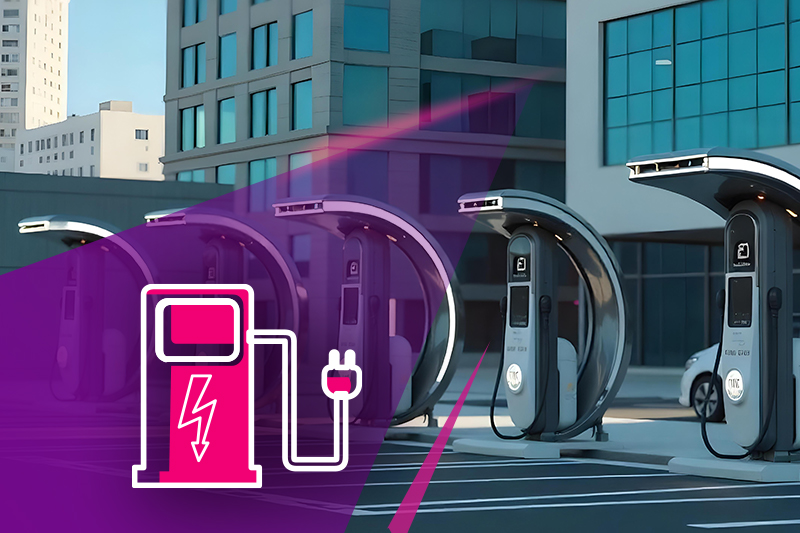
How to Lower Your Tesla Charging Costs? | 6 Pro Tips You Can Follow!
- Charge During Off-Peak Hours: Charging your Tesla during off-peak hours or nights can significantly lower your electricity costs.
- Install Solar Panels: Want to charge your car free of cost? Consider installing solar panels. This can significantly reduce the cost of charging your Tesla.
- Take Advantage of Incentives: Some Australian states offer incentives for EV owners, such as rebates for home charging installations or free public charging sessions at specific locations.
- Plan Your Road Trips
- Search for Free Charging Stations
- Participate in Tesla’s Membership Plan
Is Tesla Charging Affordable in Australia 2025?

Charging a Tesla in Australia in 2025 is an affordable and convenient option for most owners, whether using the Tesla Supercharger network or home charging solutions.
While the cost of charging may vary depending on your location, the benefits of owning a Tesla, including lower battery maintenance costs and a reduced carbon footprint, outweigh charging expenses.
Also, with the continued expansion of EV infrastructure and the possibility of harnessing solar energy, the future of Tesla charging in Australia looks brighter than ever.
By planning your charging strategy and taking advantage of cost-saving opportunities, you can keep your Tesla running efficiently and affordably, all while contributing to a cleaner, more sustainable future.
So, why wait?
Join the energy revolution today with Solar Emporium’s standard EV chargers. Let’s fuel your electric future by saving money today while safeguarding our planet for tomorrow!
